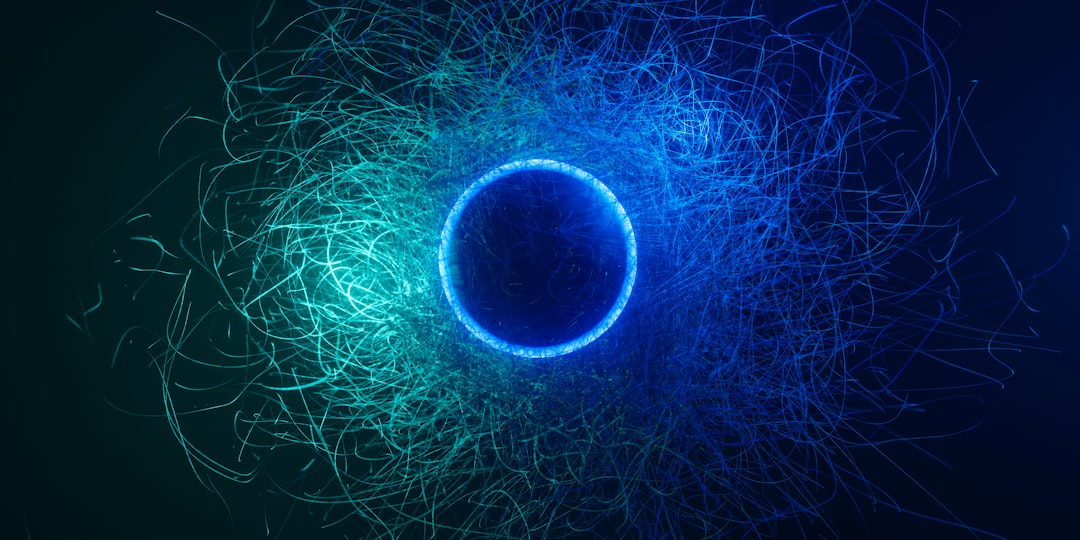What is it about?
We all know that practice makes perfect. Our perceptual abilities are silently re-adjusting to our everyday task demands. Years of practice can dramatically sharpen sommeliers’ abilities in identifying the complex aromas of the wine they are testing, its provenance, year of production and much more. In a similar manner, extensive practice makes radiologists able to detect various abnormalities in x-ray images effortlessly – a skill that inexperienced radiologists are missing. Just like them, any of us can develop sharper visual skills through focused training.
Featured Image

Photo by Jamie Fenn on Unsplash
Why is it important?
Until now, there’s been a snag. Traditional training methods improve visual perception only in the specific area of the visual field where you’ve trained – a phenomenon called location specificity. So if you’re recovering from acute vision loss after an accident, for instance, you’d have to tediously train different parts of visual fields separately during the rehabilitation programs. The reason? The visual system represents the world in a realistic manner – neurons processing two close locations in the visual field are also closely located in the brain. Hence, a visual training usually leads to plasticity of a subset of neurons encoding a very specific location. Researchers Dr. Grzeczkowski (project leader, former at LMU, now at Humboldt-Universität zu Berlin), Prof. Shi (LMU), Prof. Rolfs (Humboldt-Universität zu Berlin) and Prof. Deubel (LMU) have cracked the code on how to expand the benefits of visual training across your entire field of vision. In contrast to traditional methods in which visual stimuli are shown in specific locations of the visual field, participants in this study actively explored the visual scene by moving their eyes. This innovative approach forced participants to make use of particular eye movement-related mechanisms that encode the location of visual stimuli in a flexible manner. As a result of engaging eye movements in a visual task, not only did their perceptual skills improve in the area they focused on, but it also extended to other untrained parts of their visual field.
Perspectives
These novel findings suggest that using eye movements in perceptual learning taps into a completely different set of brain mechanisms than traditional methods. The implications are significant, especially for vision rehabilitation programs, making them more effective, less cumbersome, and quicker to complete.
Lukasz Grzeczkowski
Humboldt-Universitat zu Berlin
Read the Original
This page is a summary of: Perceptual learning across saccades: Feature but not location specific, Proceedings of the National Academy of Sciences, October 2023, Proceedings of the National Academy of Sciences,
DOI: 10.1073/pnas.2303763120.
You can read the full text:
Contributors
The following have contributed to this page










